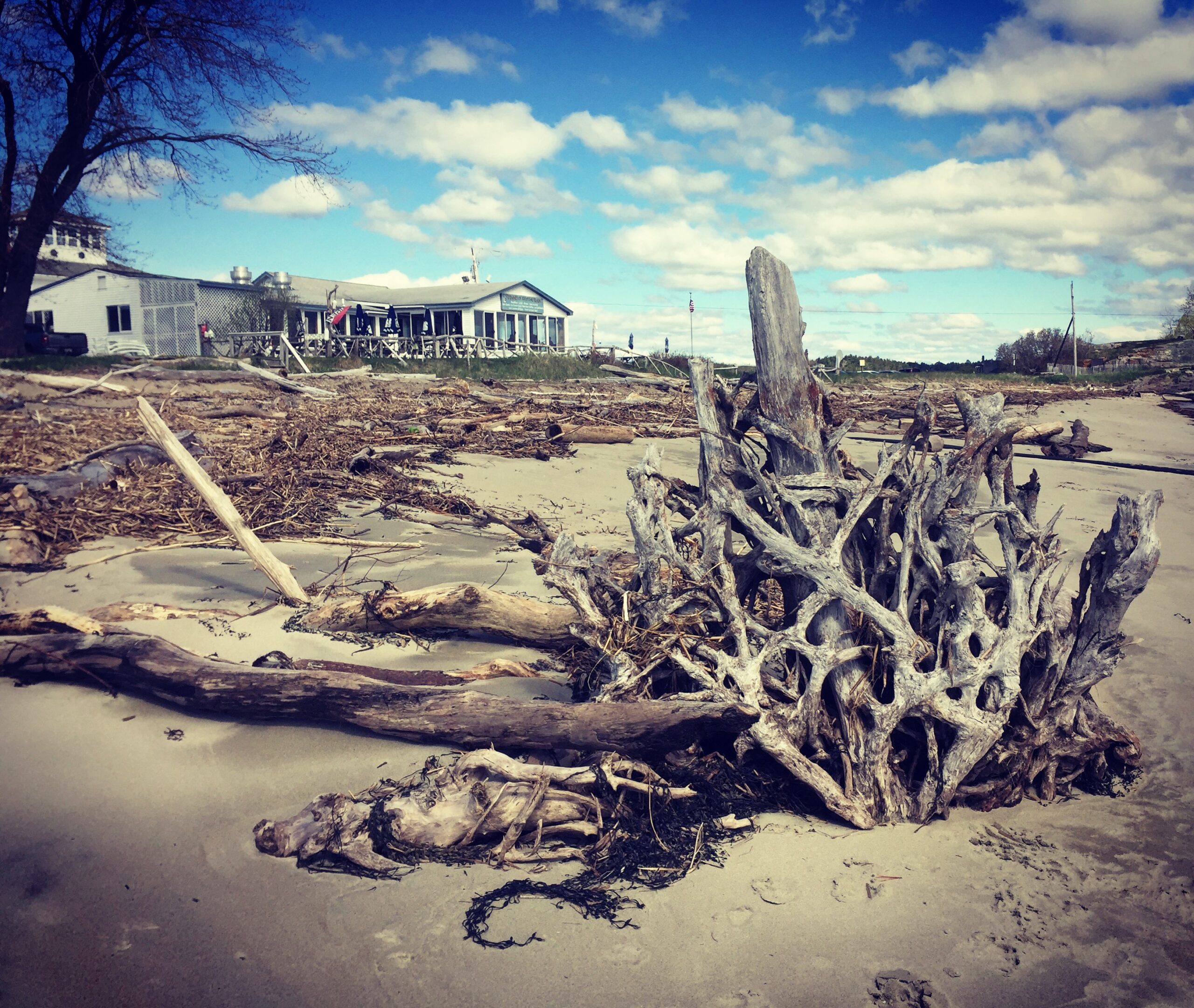
The title of Menakem’s book comes from an incident in his own life. One day he asked his mother why his African American grandmother had such rough hands and had difficulty in closing her hands. Resmaa’s mother indicated that his grandmother’s hands were battered and callused because she had spent many years early in her life picking cotton. Her hands were hardened from encounter with the thorny surface of the cotton boll. His mother also told him that his grandmother found it difficult to walk—because as a child she often had to go without shoes. The early life of Resmaa’s grandmother was embedded in the physical conditions of her body. Physical trauma was embodied in her.
Menakem conveys a powerful message regarding the comparable psychological embodiment of early life trauma, as well as the continuing trauma experienced by those who are excluded and denied any sense of privilege—and by those who encounter “micro-aggression” (often minor, repeated slights, mis-perceptions, and inaccurate expectations on the part of other people). In alignment with Oscar Lewis’s description of transgenerational transmission of the culture of poverty, Menakem provides an articulate statement about sources of the trauma that is conveyed from generation to generation for not only those who are oppressed, but also the oppressors, and those who must moderate the oppression (such as law enforcement officers).
Menakem’s analysis moves beyond that offered by Lewis. Menakem writes about the way trauma is literally embedded (like the grandmother’s hands and feet) in one’s physical body. The trauma is transferred to the next generation through this physical embodiment. He describes the “clean pain” associated with psychological processes that leads to mending and growth (Menakem, 2017, pp. 19-20). Menakem also identifies the “dirty pain” that leads to avoidance, shame and denial. Clean pain is metabolized (converted) by our body into a motivation for new learning (Bergquist, 2020). By contrast, dirty pain remains unprocessed and traumatizing. It is dirty pain that is found in abundance among those who are poor, targets of discrimination and isolated—those who live below the Line.
Conclusions
If Menakem is right, then the trauma of women is being transmitted to the next generation—as is the culture of poverty (and oppression). Robert Bellah and his colleagues (1985, p. 153) suggest that:
. . . communities . . . have a history—in an important sense they are constituted by their past—and for this reason we can speak of a real community as a ‘community of memory,’ one that does not forget its past.
In this case, the community of memory is one filled with the trauma of denied privilege and exclusion. Through stories of past abuse and hardship and through the physical transmission of bodily pain, there is a conveying of the trauma to the next generation.









